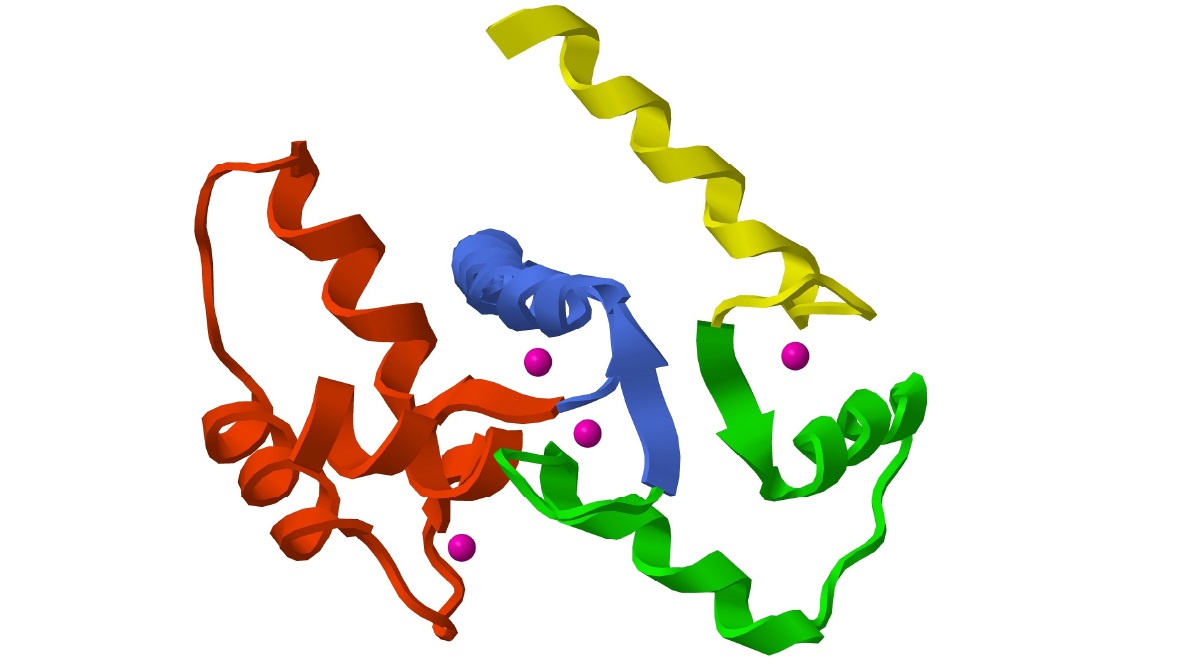
Second messengers are tiny molecules that play a huge role in cell communication. They act as the go-betweens, relaying signals from receptors on the cell surface to target molecules inside the cell. Why are second messengers important? They help cells respond quickly to changes in their environment. For example, when you touch something hot, second messengers help your nerve cells send a quick signal to your brain. These molecules are involved in many processes, from muscle contraction to memory formation. Understanding second messengers can give us insights into how our bodies work and how diseases develop. Ready to learn some cool facts about these tiny but mighty molecules? Let's dive in!
What Are Second Messengers?
Second messengers are molecules that relay signals received at receptors on the cell surface to target molecules inside the cell. They play a crucial role in transmitting information from the outside to the inside of a cell.
- Second messengers are small molecules that amplify the signal of a primary messenger, such as a hormone or neurotransmitter.
- Cyclic AMP (cAMP) is one of the most well-known second messengers. It is derived from ATP and is involved in many biological processes.
- Calcium ions (Ca2+) act as second messengers in various cellular processes, including muscle contraction and neurotransmitter release.
- Inositol trisphosphate (IP3) is another second messenger that helps release calcium ions from intracellular stores.
- Diacylglycerol (DAG) works alongside IP3 to activate protein kinase C, which is involved in controlling the function of other proteins.
How Do Second Messengers Work?
Second messengers work by amplifying the signal from the primary messenger, ensuring that the signal is strong enough to elicit a cellular response.
- Signal amplification occurs because one primary messenger can generate many second messenger molecules.
- G-protein-coupled receptors (GPCRs) are often involved in the activation of second messengers. When a ligand binds to a GPCR, it activates an associated G-protein, which then activates or inhibits an enzyme that produces second messengers.
- Enzyme activation is a common result of second messenger activity. For example, cAMP activates protein kinase A (PKA), which then phosphorylates various target proteins.
- Calcium signaling involves the release of calcium ions from intracellular stores, which then bind to and activate various proteins, such as calmodulin.
- Feedback mechanisms often regulate second messenger pathways to ensure that the signal is appropriately terminated once the desired cellular response has been achieved.
Examples of Second Messenger Systems
Different second messenger systems are involved in various physiological processes, each with unique mechanisms and effects.
- cAMP pathway is crucial for processes like energy balance, cell growth, and memory formation.
- Phosphoinositide pathway involves the production of IP3 and DAG, which regulate calcium release and protein kinase C activation.
- Nitric oxide (NO) acts as a second messenger in the cardiovascular system, where it helps regulate blood vessel dilation.
- cGMP is another cyclic nucleotide that acts as a second messenger, particularly in the visual and cardiovascular systems.
- Arachidonic acid and its metabolites can act as second messengers in inflammatory responses.
Importance of Second Messengers in Medicine
Understanding second messengers has significant implications for medical research and treatment.
- Drug targets often involve second messenger pathways. For example, beta-blockers target GPCRs that activate cAMP pathways.
- Cancer research focuses on second messengers because many cancers involve dysregulated signaling pathways.
- Neurodegenerative diseases like Alzheimer's and Parkinson's are linked to disruptions in second messenger systems.
- Heart disease treatments often target second messenger pathways to regulate heart rate and blood pressure.
- Diabetes management involves drugs that affect second messenger pathways to regulate insulin secretion and glucose uptake.
The Power of Second Messengers
Second messengers play a crucial role in cellular communication. These small molecules relay signals from receptors on the cell surface to target molecules inside the cell, ensuring that cells respond appropriately to external stimuli. Without them, many essential processes like hormone action, neurotransmission, and cell growth would be impossible.
Understanding second messengers helps in grasping how cells function and interact. This knowledge has practical applications in medicine and pharmacology, where targeting these pathways can lead to new treatments for diseases.
So, next time you think about how your body works, remember the tiny but mighty second messengers. They might be small, but their impact is enormous. From regulating heartbeats to influencing mood, these molecules are vital for life. Keep exploring, and you'll uncover even more fascinating facts about the microscopic world inside us.
Was this page helpful?
Our commitment to delivering trustworthy and engaging content is at the heart of what we do. Each fact on our site is contributed by real users like you, bringing a wealth of diverse insights and information. To ensure the highest standards of accuracy and reliability, our dedicated editors meticulously review each submission. This process guarantees that the facts we share are not only fascinating but also credible. Trust in our commitment to quality and authenticity as you explore and learn with us.


